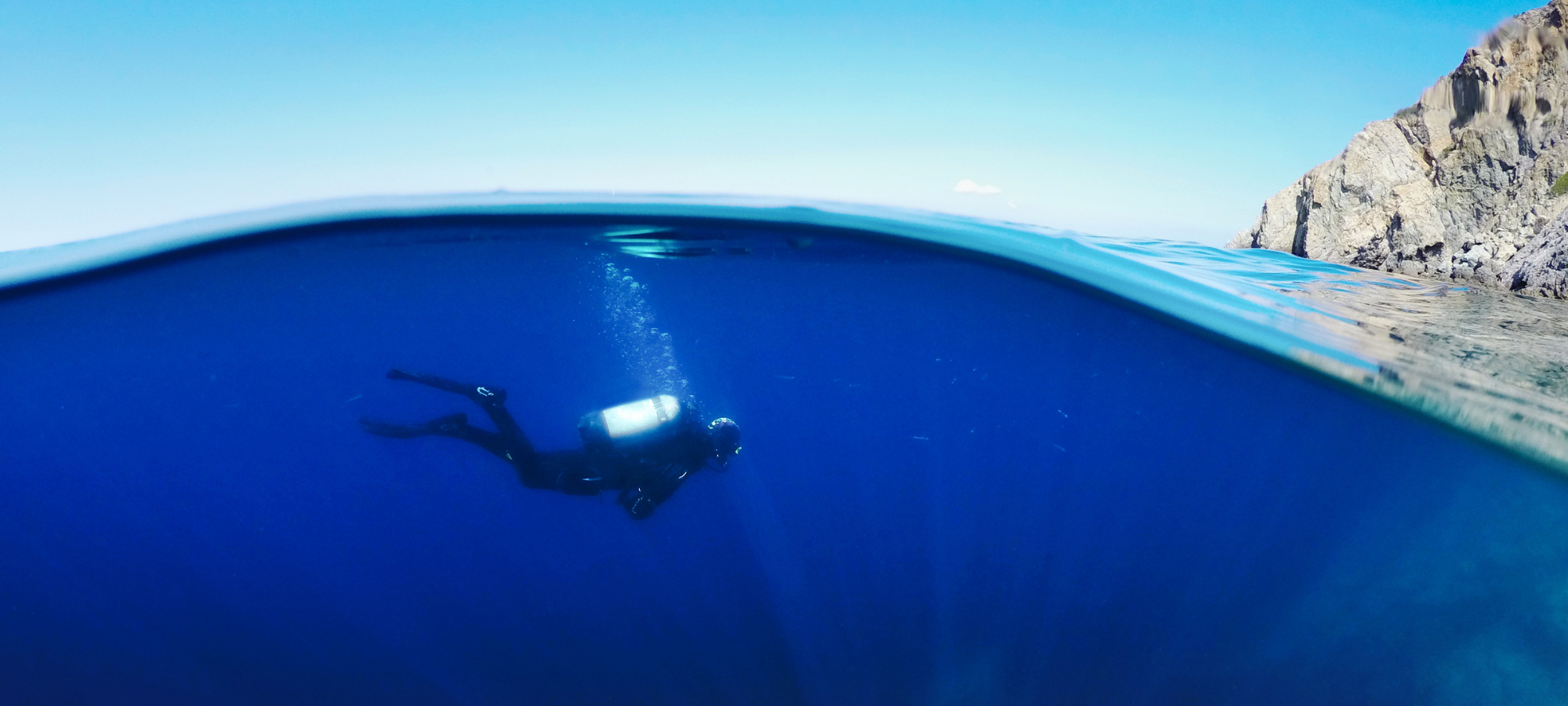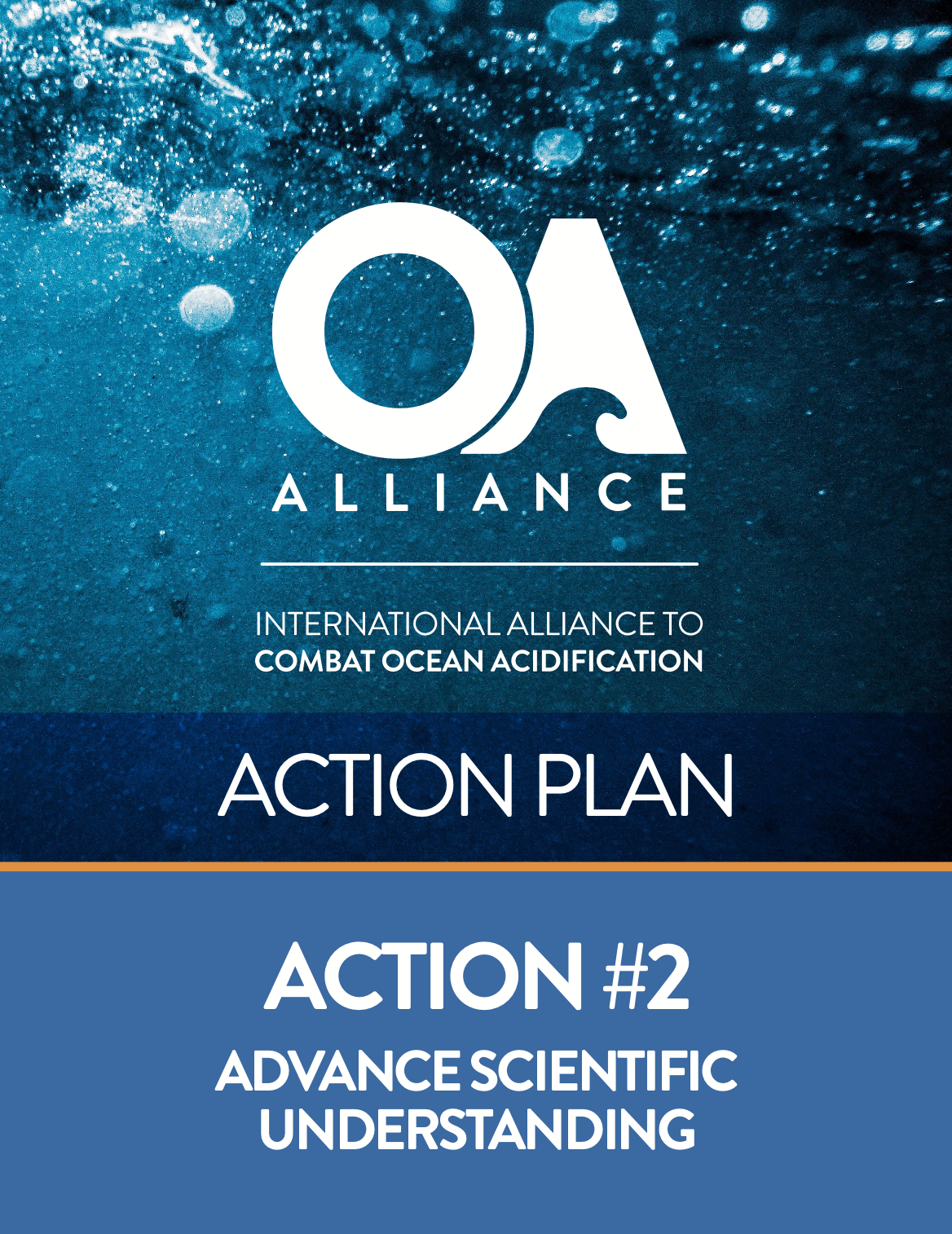
Action #2:
Advance scientific understanding
Globally, projections across IPCC reports tell us that ocean acidification, warming and deoxygenation are going to increase at rates dependent on future emissions of carbon dioxide and greenhouse gas emissions.
While we know this will cause impacts to marine life, we don’t yet have complete regional or local information for: (a) the rates and scales this will occur in coastal areas, or (b) how key species (both calcifiers and non-calcifiers) are going to react if they will have time to adapt or develop tolerance to these ongoing changes.
Better understanding of local trends, drivers, biological and ecological impacts of OA will inform the best adaptation and resilience building actions. This is because the effectiveness of a local action depends upon local factors and unique conditions.
Join, launch or expand nearshore monitoring networks that help establish local baselines and determine where and at what rate your region is experiencing acidification and climate-ocean change.
Conduct targeted research to understand biological and ecological impacts of OA on local keystone species including important fisheries, aquaculture or habitats (like coral reef) in your area.
Develop predictive and forecast models to inform climate-resilient fisheries management and responsive decision-making.
Mainstream OA information across existing monitoring programs, marine management strategies and climate adaptation priorities.
What can you do?
examples from members
The Western Indian Ocean and Marine Science Association (WIOMSA) established the first ever OA monitoring project in the region in conjunction with local institutions and experts. The project resulted in a 2022 report, which examines the state of OA and makes recommendations for future research and information priorities across 6 countries: Kenya, Tanzania, Mozambique, South Africa, Mauritius, and Seychelles.
New Zealand’s National Institute of Water and Atmospheric Research supports a national monitoring network including 15 sites and developed a project (CARIM) to assess the impacts of OA on iconic local species like green shelled mussels, paua (abalone) and yellow snapper.
The State of Oregon is creating a fisherman’s App which is helping to collect and forecast temperature, salinity, pH and dissolved oxygen content for Oregon crabbers to utilize and better navigate their industry practices.
The OSPAR Commission released an OA Assessment in 2023 which examined the state of European waters and made a series of science and policy recommendations for its 15 European national parties to consider.
Pacific Community (SPC), and the Secretariat of the Pacific Regional Environment Programme (SPREP) are prioritizing discrete OA monitoring and research projects at local scales, and are well aligned to provide decision makers and communities with information they can use.


